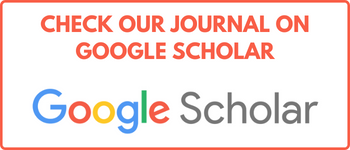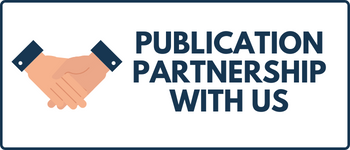Industry-University collaborations offer means through which tech industries can have access to external ideas and resources to meet the ever changing market needs. However, many tech industries find it difficult to establish thriving collaborations. Therefore, to fully reap the benefits of Industry-University collaborations, risks need to be managed upfront through identifying them, assessing their likelihood, possible impact, and devising an overall action plan to mitigate them.
The present work contributes to industry-university collaboration research by conducting a quantitative evaluation, in the context of Botswana high-tech Industry. The main research question is; do Absorptive Capacity risks negatively influence Industry-University Performance in the context of Botswana tech Industries?
Hypotheses were tested through the application of Structural Equation Modelling (SEM), based on partial least squares (PLS) approach and the support of the SmartPLS 3.0 software. An electronic survey questionnaire was distributed to Botswana high- tech Facebook pages and a total of 96 usable responses were collected. Several Absorptive capacity risks were assessed and, only Acquisition Risk was found to negatively influence Industry-University Performance in the Botswana high tech industry.
The research is envisioned to help high tech industry managers in Botswana to proactively pay attention to acquisition risks and mitigate them when collaborating with universities.






